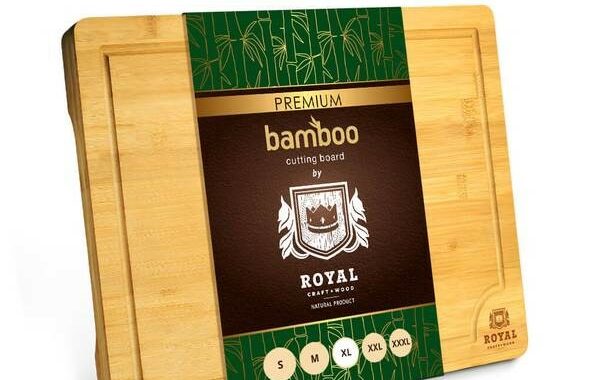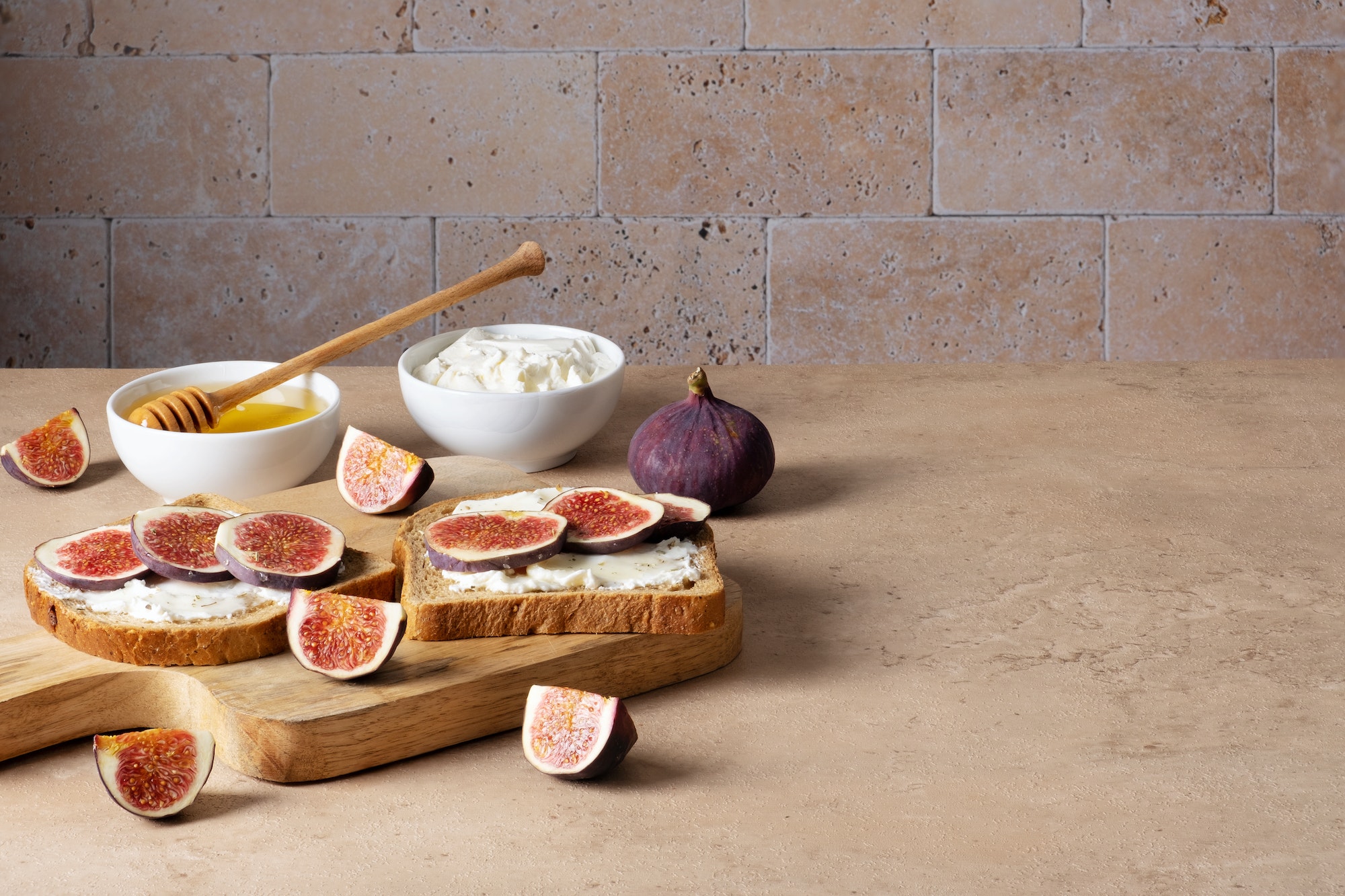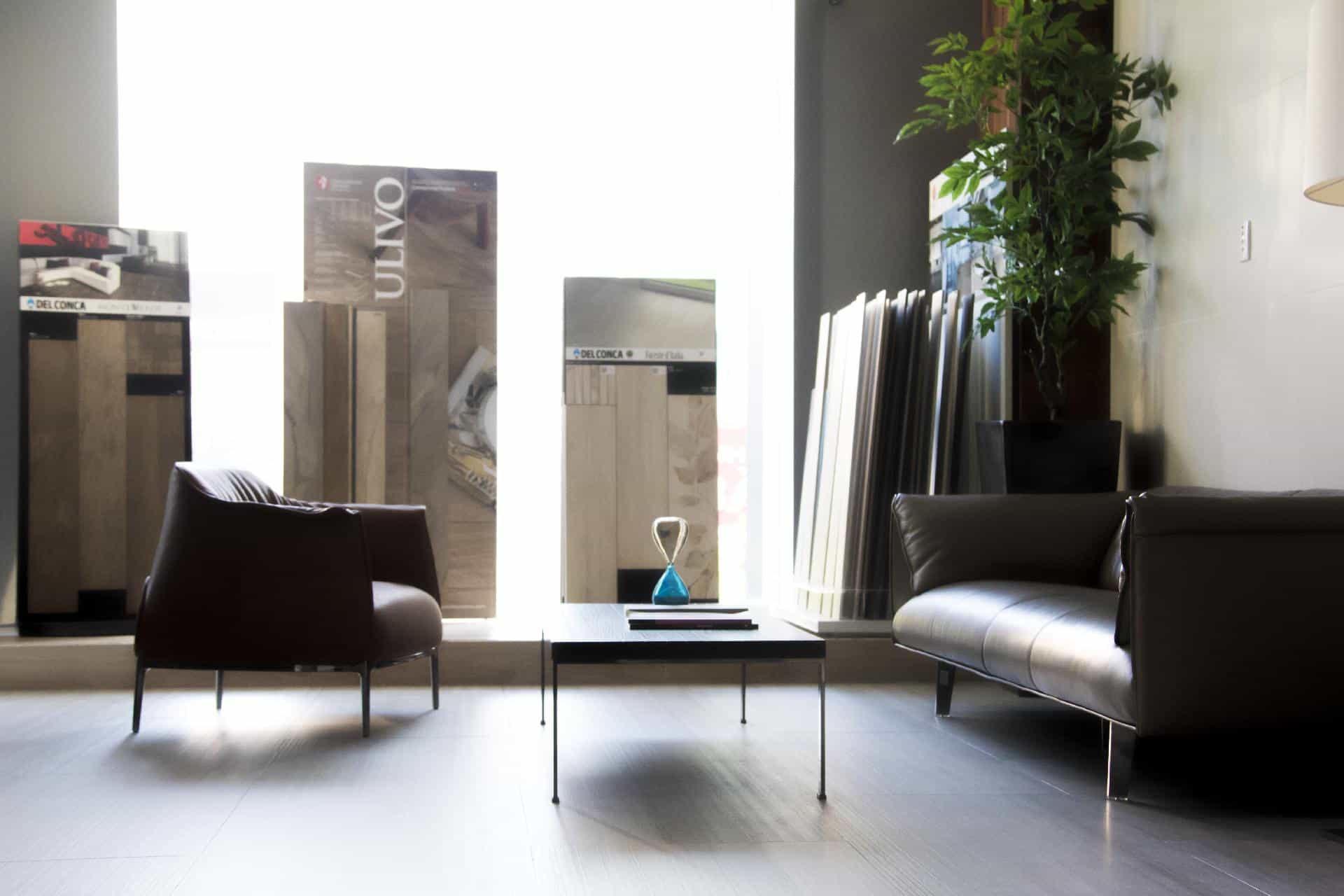Choosing the right cutting board can be a difficult decision. After all, the perfect cutting board should not only provide you with an even and stable surface to cut on but also make your kitchen look beautiful and organized. Many decisions need to be made such as picking out the material that’s best for you and what size is most appropriate.
Even if you barely know anything about chopping boards, don’t worry! In this blog post we’re going to discuss how to choose the perfect cutting board so whether you’re looking for something easy-care or something stylish, this helpful guide has got everything covered!
Read recommendations prepared in collaboration with Royal Craft Wood – a manufacturer of eco-friendly bamboo kitchen products and make your choice right!
Bamboo Cutting Board

If you’re in the market for a new cutting board, why not consider a bamboo cutting board? Not only are they eco-friendly and sustainable, but they’re also easy to care for and resist bacteria growth better than other types of cutting boards.
When choosing a bamboo cutting board, there are a few things to keep in mind. First, consider the size and thickness of the board. A thicker board will provide more durability and lasting power, while a larger board will give you more surface area to work with.
Next, you’ll want to think about the type of bamboo used. There are two main types: end-grain and flat-grain. End-grain boards are more durable and can withstand heavy chopping and cutting, while flat-grain boards are great for everyday use and light cutting.
It’s also important to consider the finish of the board. Most bamboo cutting boards come with a natural finish, which is a great option if you’re looking for something easy to clean and care for. However, if you’re looking for a cutting board that’s a bit more decorative, consider a board with a stained or painted finish.
Lastly, consider the brand and price point of the cutting board. While a higher price tag may mean better quality, it’s important to do your research and read reviews to ensure you’re getting a cutting board that’s worth the investment.
Overall, a bamboo cutting board is a great choice for any home chef looking for an eco-friendly and sustainable option. Just remember to keep these tips in mind to ensure you choose the right board for your needs.
Wooden Cutting Board
When it comes to choosing a wooden cutting board, there are a lot of options available. Wood is a popular material due to its durability, natural look, and ability to prevent knife dulling. However, not all wooden cutting boards are created equally. Here are some factors to consider when choosing the right one for you.
1. Type of Wood
The type of wood you choose plays a big role in the longevity of your cutting board. Softer woods like pine or cedar may look beautiful, but they will quickly show signs of wear and will need more frequent replacement. Opt for hardwoods like maple, cherry, or walnut for a more durable option.
2. Grain Orientation
The orientation of the wood grain can affect how the board handles moisture and how easy it is to cut on. End grain boards are made by gluing end pieces of wood together, which creates a solid cutting surface that is gentle on knives. However, they require more upkeep and can be more expensive. On the other hand, edge grain boards have the wood pieces oriented so their edges are upward, which makes them easier to manufacture and maintain.
3. Size
Consider the amount of counter space you have and the size of the items you will be cutting. A larger cutting board provides more work space but can be cumbersome to move around. A small board is easier to handle and store, but may not be large enough for bigger or heavier items.
4. Maintenance
Wooden cutting boards require regular maintenance to keep them in good shape. You should wash the board with soap and water after each use, and periodically apply a food-safe mineral oil or beeswax to keep the wood from drying out. Avoid placing wooden cutting boards in the dishwasher or soaking them in water for extended periods of time. Doing so can cause the wood to warp and crack.
In conclusion, choosing the right wooden cutting board comes down to your personal needs and preferences. Consider the factors listed above and think about how you will be using your cutting board before making a decision. With proper maintenance, a good-quality wooden cutting board can last for many years and become a valuable kitchen tool.
Plastic Cutting Board
Plastic cutting boards are a popular choice among cooks for their durability, affordability, and ease of maintenance. However, not all plastic cutting boards are created equal. Choosing the best plastic cutting board involves considering a number of important factors, including material quality, size, thickness, and ease of cleaning.
One of the most important factors to consider when choosing a plastic cutting board is material quality. Look for cutting boards made from high-density polyethylene (HDPE) or thermoplastic elastomer (TPE) materials. These materials are non-toxic, non-porous, and resistant to food stains and odors. They are also gentle on knives and will not dull them over time.
Another critical factor to consider is the size of the cutting board. The ideal size of a plastic cutting board will depend on your personal needs and the size of your kitchen. For most home cooks, a standard-size cutting board of around 12×18 inches should be sufficient. However, if you frequently cook large meals or have a larger kitchen, a larger cutting board may be a more suitable option.
Thickness is another important consideration when selecting a plastic cutting board. The ideal thickness will depend on how often the board will be used, as well as the desired level of durability. A thicker board will be more durable and able to withstand heavy use. However, a thinner board may be more convenient to store and transport.
When it comes to cleaning, look for a cutting board that is easy to clean and sanitize. Cutting boards that are dishwasher safe are ideal, as they are easy to clean and sanitize. If you do not have a dishwasher, look for a board that can be easily cleaned with soap and water. Avoid using bleach or other harsh chemicals, as these can damage the plastic and reduce the lifespan of the board.
In summary, choosing the best plastic cutting board involves considering a number of important factors, including material quality, size, thickness, and ease of cleaning. By selecting a cutting board that is made from high-quality materials and is the right size and thickness for your needs, you can ensure that your cutting board lasts for years and helps keep your kitchen clean and safe.
Glass Cutting Boards
Glass cutting boards have become increasingly popular in recent years because they are non-porous, non-reactive, and don’t absorb bacteria or odors, making them a perfect choice for many kitchens. However, choosing a good quality glass cutting board requires careful consideration of some key factors.
1. Thickness
The thickness of a glass cutting board is important because a thinner board could easily crack, break, or even shatter. Therefore, it is essential to select a thick glass cutting board that will be durable and long-lasting.
2. Size
Consider the size of the glass cutting board you want to purchase. If you have a small kitchen, it’s best to choose a smaller size that will fit comfortably on your countertop, while large kitchens can accommodate bigger sizes.
3. Surface Type
The type of surface is also essential when selecting a glass cutting board. Textured surfaces provide better traction, preventing your knife from slipping while cutting your meat, vegetables, or fruits. A smooth surface, on the other hand, can help preserve your knife’s edge.
4. Safety
Safety is critical when using a glass cutting board. Look for cutting boards with non-slip feet or silicone grip on the bottom to prevent it from sliding around while in use. A board that comes with a textured surface can also enhance safety by providing stability.
5. Style
The design of your cutting board is also essential; it should complement your kitchen decor. There are various glass cutting boards on the market with different patterns, designs, and even colors to suit your taste.
6. Maintenance
Finally, consider the maintenance required to keep the cutting board in good condition. Glass cutting boards are relatively easy to clean, but you should avoid using abrasive materials or harsh cleaning agents that can damage the surface.
In conclusion, selecting the best cutting board for your kitchen needs doesn’t have to be complicated. The key things to consider are: the size and the material used for the cutting board. Weighing up these two factors against each other will enable you to decide which is the best option for you and your kitchen.
Nowadays, there are a multitude of different materials on offer, from wood and bamboo to plastic. But whatever material suits you, it’s important that you take into account both its weight and its convenience when compared to other materials before making a final decision. A good quality cutting board can last you a lifetime if cared for suitably – so let’s follow Royal Craft Wood’s advice and make sure that your choice is one that will stand up to years of use!
Discover more from Futurist Architecture
Subscribe to get the latest posts sent to your email.




